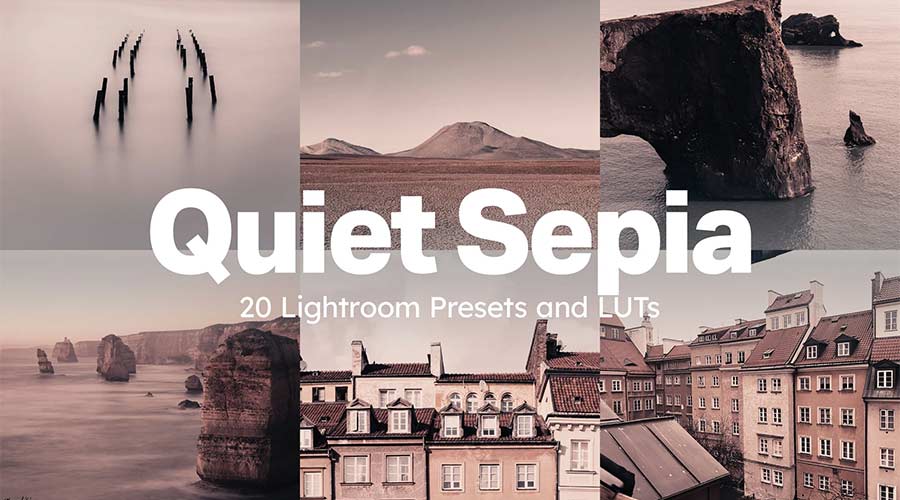Healthcare is witnessing an unprecedented pace of change. There are several forces at play, creating a shift in how we approach health and wellness. First, is demographics. There is a growing gap between lifespan and healthspan. People aren’t just getting older—they’re facing different types of health…
AI Meets Spreadsheets: How Large Language Models are Getting Better at Data Analysis
Spreadsheets have been a core tool for data organization, financial modeling, and operational planning in businesses across industries. Initially designed for basic calculations and simple data management, their functionality has expanded as the need for data-driven insights has grown. Today, enterprises need real-time data analysis, advanced…
Rohit Choudhary, Founder & CEO of Acceldata – Interview Series
Rohit Choudhary is the founder and CEO of Acceldata, the market leader in enterprise data observability. He founded Acceldata in 2018, when he realized that the industry needed to reimagine how to monitor, investigate, remediate, and manage the reliability of data pipelines and infrastructure in a…
20+ Artistic Effect Lightroom Presets for Creative Photographers – Speckyboy
The right photo effect can transform an ordinary image into a work of art. Adjustments to lighting, color balance, and texture help you create the perfect mood for your project.
You can use Lightroom presets to achieve professional results in no time. They run the gamut from subtle touches to bold statements.
Each one is configured to change the look of your image. And much of the hard work has been done for you. However, they’re flexible and allow you to adjust them to match your needs.
If that sounds amazing, you’re in luck! This collection features more than twenty Lightroom presets that add artistic effects to any photo. They’re a great addition to your photography toolbox.
Check out our collection and find the presets that catch your eye. They’re so handy that you’ll want to use them again and again.
You might also like our collection of art effect Photoshop actions as well.
Inspired by Lomography, this suite of 19 presets provides a variety of interesting effects. They’re meant to mimic the non-technical joy of classic toy cameras. The effects aren’t meticulously crafted – but that’s the point.

Bring a rough industrial look to your photos using these grunge presets. They support the Lightroom adjustment slider to tweak the effect’s intensity. That makes it easy to go from subtle to dystopian in no time.

The look of a Polaroid instant photo is timeless. You can add this classic effect to your images via this set of five Lightroom presets. The washed-out aesthetic brings a retro quality to your portrait photography.

Artistic photo effects can be fun! The 20 presets in this collection add a memorable lo-fi look of a toy camera. They also support Lightroom Mobile, so you can take the party with you.

Fantasy fans will want to check out this suite of 50 surreal presets. Their style is reminiscent of popular period pieces like Game of Thrones. There’s plenty here to help you create a whole other world.

Use these presets to add a dreamlike haze to your photos. They feature soft tones and an airy ambiance that feels like a retro film camera. Give your images a past life with just a click.

Dark and moody, this collection offers muted colors and sharp lines. These versatile presets can be paired with portraits, fashion shots, and landscapes. They’ll make any photo stand out from the crowd.

The future is full of color according to this suite. Add a bright look to your nighttime landscape photos – especially those including neon signs. Rich hues and high contrast are the calling cards here.

Want to add some serious vibrance to your images? This collection of six Lightroom presets will boost even the dullest of photos. They make it easy to bring out the bold with a click.

These presets add a high-intensity effect to your lifestyle images. Your colors will be brighter and lines sharper. It’s a great choice for night photography or anywhere dark and light contrast.

This collection of 24 Lightroom presets includes a variety of luminous options. Whether you want to add a subtle light boost or something extreme, you’ll find it here. You can also adjust them to find just the right look.

Brighten and balance your photos using any of the 14 presets included here. They work well for outdoor shots or any image that could use a natural color enhancement. You’ll be surprised at how much life is hiding in your image.

Use these color-grading presets to add a moody vibe to images. Colors are boosted to bring out a dramatic look. There’s a lot of opportunity to experiment with the 20 included effects.

Embrace the darkness using this collection for Lightroom. Add a tint to photos while emphasizing earthy tones. The effect perfectly adds a cinematic feel to portraits and architectural images.

Here’s a way to bring a neon glow to your photos. These presets enhance light colors and bring them to the forefront. Your images will shine with a powerful visual statement.

Add a calm balance to any image with these matte effect presets. Inside, you’ll find ten options to achieve a classic film look. Use them to dress up portraits, landscapes, and lifestyle photography.

Your travel photos will benefit from this set of 50 Lightroom presets. They add a washed-out effect that makes them perfect for use as backgrounds. Website headers and hero areas are possibilities, as are print advertisements.

Bring a little heat to your fire images with presets built just for them. They aim to create a modern look while avoiding oversaturation. There are several options to choose from to achieve unique results.

Realistic sunshine effects are easy to implement with this collection of overlays. They brighten up any photo with bright rays of light. Add them as a separate layer and experiment with opacity and blends to make something special.

Vintage looks and warm colors make these presets a great option. Use them to turn a dull outdoor image into a dramatic scene. The 10 included effects make it easy to add some retro charm.

This collection of 20 presets will add the timeless beauty of sepia to your photos. The effect is subtle and still allows colors to come through. The result is an antiqued look that is sure to please.

Add Some Artistic Flair to Your Photos
Sometimes your photos need an extra boost. That’s where the Lightroom presets in this collection come in. They quickly add virtually any type of artistic effect imaginable.
What’s more, they’re great fun to experiment with. You can adjust them or even combine effects to create something unique. There are so many possibilities!
We hope you enjoy the options above and make them part of your photo editing workflow.
Related Topics
Harnessing Generative AI for Test Automation and Reporting
The generative AI market size is expected to reach $36.06 billion in 2024. It has completely changed software development and quality assurance (QA) processes, delivering high-quality products faster. One area where generative AI has contributed significantly is software testing. Studies show that software developers and testers…
AI courses to boost your skills and stay ahead
AI continues to transform industries, and having the right skills can make a significant difference to your career. Professionals wishing to get into this evolving field can take advantage of a variety of specialised courses that teach how to use AI in business, creativity, and data…
NVIDIA AI Summit Japan: NVIDIA’s role in Japan’s big AI ambitions
Japan is on a mission to become a global AI powerhouse, and it’s starting with some impressive advances in AI-driven language models. Japanese technology experts are developing advanced models that grasp the unique nuances of the Japanese language and culture—essential for industries such as healthcare, finance,…
Unmasking Bias in Artificial Intelligence: Challenges and Solutions
The recent advancement of generative AI has seen an accompanying boom in enterprise applications across industries, including finance, healthcare, transportation. The development of this technology will also lead to other emerging tech such as cybersecurity defense technologies, quantum computing advancements, and breakthrough wireless communication techniques. However,…
Adobe Firefly Video Model: How AI is Changing the Future of Video Editing
Video production has always depended on human expertise and manual processes to create captivating content. From film studios to social media influencers, the need for high-quality videos has grown rapidly. However, with this demand comes the challenge of producing content quickly without losing quality. This is…
David Lee, COO of WEBTOON Entertainment – Interview Series
David J. Lee is Chief Operating Officer (COO) and Chief Financial Officer (CFO) for WEBTOON Entertainment, where he oversees global corporate, financial and operations teams for WEBTOON, Wattpad, and Wattpad WEBTOON Studios. Mr. Lee is also serving on the boards of WEBTOON Entertainment. A seasoned consumer…

